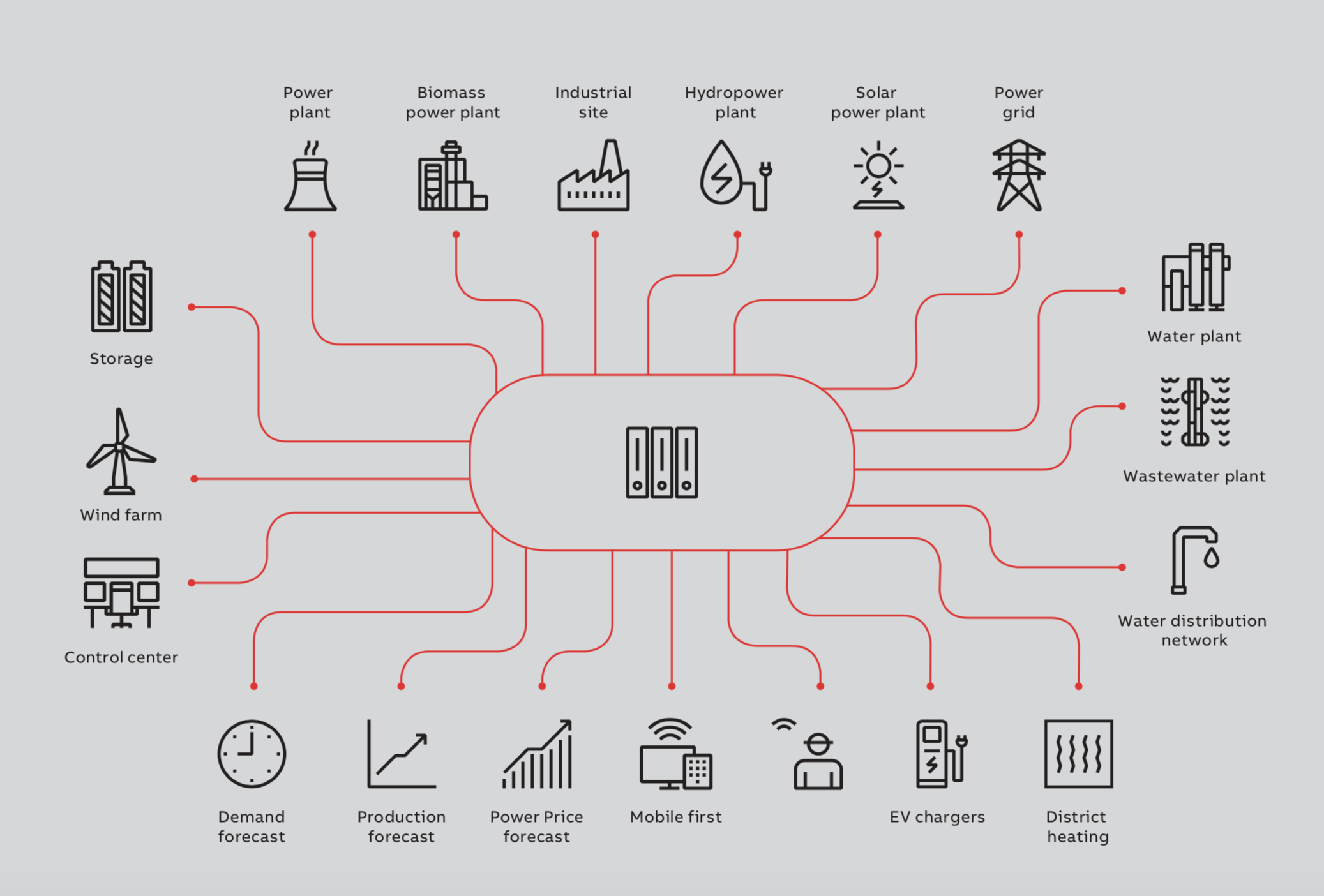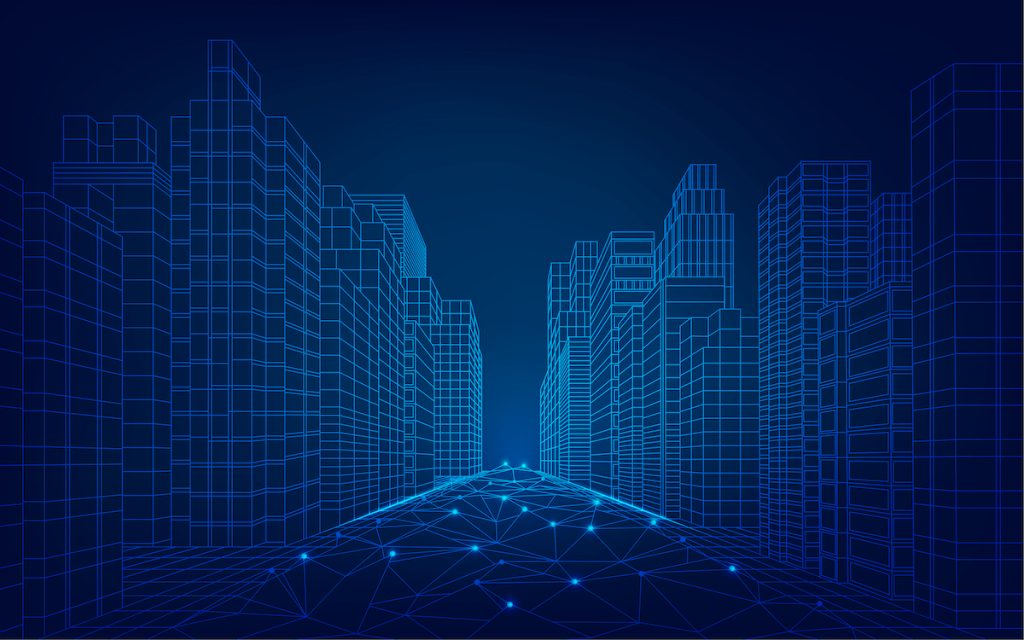What makes a smart city smart?
Half the world lives in cities. By 2050 that figure will rise to 70 percent, boosted by the 2.2 billion more people who will live on the planet at mid-century.
Cities generate 80 percent of the global gross domestic product and swallow 75 percent of natural resources, producing around 80 percent of global greenhouse gas emissions. And as most cities are situated on coastlines, they are at high risk from the impacts of climate change, such as rising sea levels and powerful coastal storms. Clearly, cities face many challenges.
As cities grow, they will need to boost their economies to sustain their booming populations. They must expand and renew critical infrastructure – for water and wastewater, energy, heating or cooling and transportation – while reducing their use of natural resources and cutting emissions. They must compete with other cities, domestically and internationally, for investment and talent. And they must deliver essential services like firefighting, policing and public safety to ensure the wellbeing of their citizens.
In response to these challenges, cities are setting themselves goals to improve their sustainability, quality of life and economic growth. Becoming smart and digitalized – especially in the use of energy, water, and essential services – is the key to achieving these goals.
Vision, strategy and goals
A smart city provides quality of life for its citizens. It makes itself resilient to risk by driving sustainable economic growth and by integrating its utilities and services into a unified system to improve efficiency, reduce operating costs and lower its carbon footprint.
These utilities and services include power, water, wastewater, heating and cooling, as well as future e-mobility infrastructure for vehicles, automation for factories and buildings, and networks for ultra-high-speed broadband.
Digitalizing smart cities separately, without a unifying vision, achieve limited results. The best outcomes are attained when they are coordinated in a smart city vision, with a common strategy and with clear goals based on the input of multiple stakeholders, including citizens, businesses and service providers. More about What Is a Smart City Platform?
Closing the loop
By interconnecting utilities and services like electricity, water, and district heating, cities can unleash new powers of optimization that reduce operating costs, energy use, and pollution.
We have these solutions that co-ordinate the operations of municipal water/waste-water, district heating/cooling, and power systems, enabling them to operate as a unified system within a closed loop system.
Here’s how it works.

The many energy-hungry pumps in a water treatment plant and a district heating network do not need to run all around the clock. Even though the plant and network operate non-stop, the pumps can be scheduled to run when electricity prices are lowest, without risk of shortfall.
Typically, the combined heat and power plant that produces the heat, considers the electric power production as a by-product, which it sells without taking into account price shifts and market volatility. By optimizing production to meet smart cities market needs, it could maximize revenues by delivering power to the market at peak periods. Remember: the plant is powering the city’s water and district heating pumps at off-peak times and has excess power to sell when demand is highest. Further reading about city digitalization
Smart city solutions for Sweden
Earlier this year, ABB was selected by Swedish multi-utility Mälarenergi to develop smart city solutions for Västerås, Sweden’s fifth largest urban area.
Mälarenergi operates hydropower plants, the local power grid, a waste-to-energy plant, heating and cooling networks, water and wastewater treatment plants, a water distribution network and a fiber-optic network for the city’s 150,000 residents and businesses.
A key objective of the project is to integrate the control rooms of the many automation systems that manage the city’s utilities and services into one unified operating environment. Another is to reduce the city’s water losses in the distribution network by 20 percent and cut energy use by the district heating network.
Unified energy and water management
In Germany, one of the country’s most progressive smart cities is Trier. There, the local municipality Stadtwerke Trier supplies electricity, gas, drinking water and district heating. It also treats wastewater and is responsible for the public transportation system.
We have already developed a smart energy management system for the city’s diverse range of generation sources – wind power, hydropower, solar photovoltaic, biomass, combined heat and power (both large-scale conventional and micro CHP), as well as for battery storage, heat pumps, electric vehicle chargers and industrial loads. Learn more about Smart Water Management using IoT Technologies
The solution optimizes production, balances it with consumption and is connected to weather and load forecasting tools. It has the scalability and flexibility to seamlessly integrate new generation units, storage devices, vehicle charging stations and other loads without disruption to operations.
In a new project (Interreg VA EnergiewabenGR), we’re working with Trier to connect the city to three other municipalities in France, Belgium, and Luxembourg, each of which operates its own power pool of diverse types of generation and storage. The solution will enable the pools to compensate for fluctuations in renewable energy by exchanging power with each other and using storage capacity intelligently. This, in turn, will maximize their use of renewables and minimize their dependency on the national grids. More Challenges and Opportunities in the Water Industry
Now, Trier and ABB are connecting the wastewater plant, the water network, on-site PV generation and the CHP plant in a separate power pool to reduce operating costs. This is another instance of how the coordination of utilities and services – in line with the city’s vision, strategy, and targets – creates value for the municipality and its citizens.
 Originally this article was published here and was written by Sleman Saliba, who is responsible for the global market introduction of energy optimization solutions for virtual power plants, industrials & commercials, and smart cities. In this way, he brings together his passions: Protecting our climate for future generations and make ABB the market leader in green energy.
Originally this article was published here and was written by Sleman Saliba, who is responsible for the global market introduction of energy optimization solutions for virtual power plants, industrials & commercials, and smart cities. In this way, he brings together his passions: Protecting our climate for future generations and make ABB the market leader in green energy.
